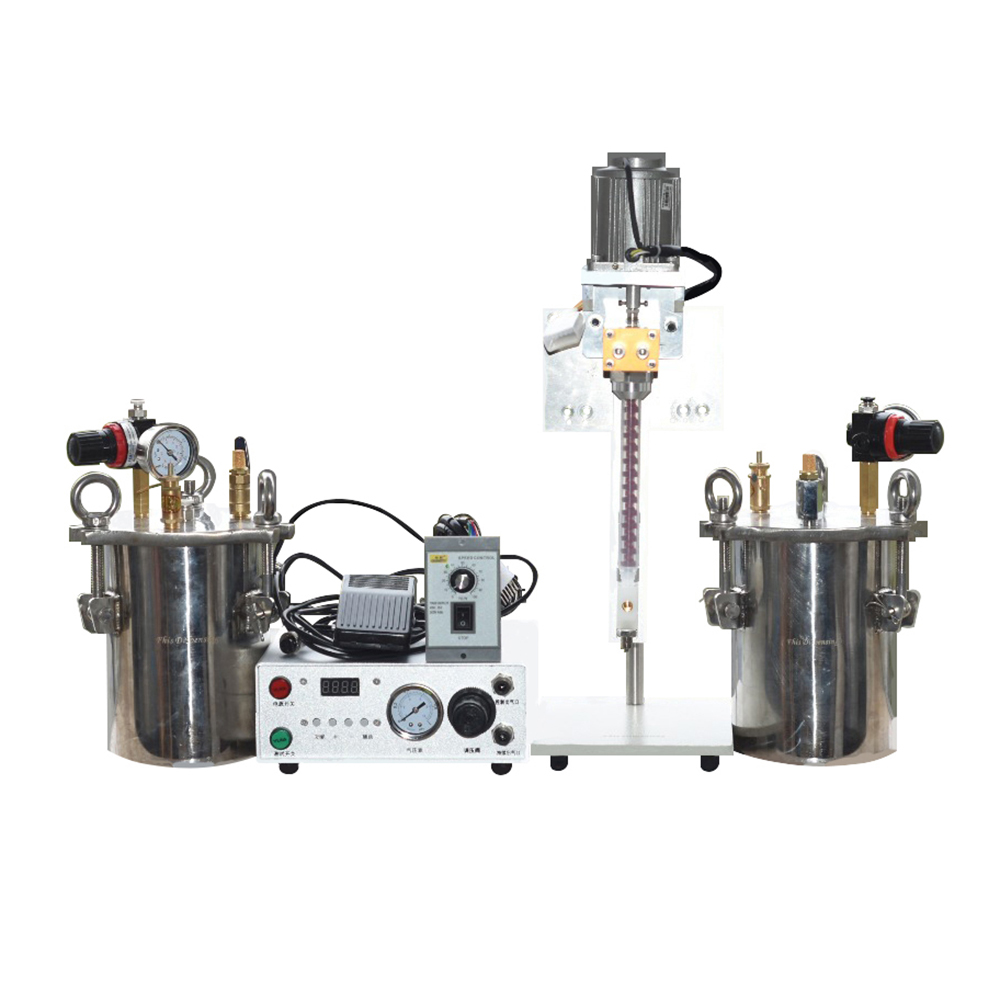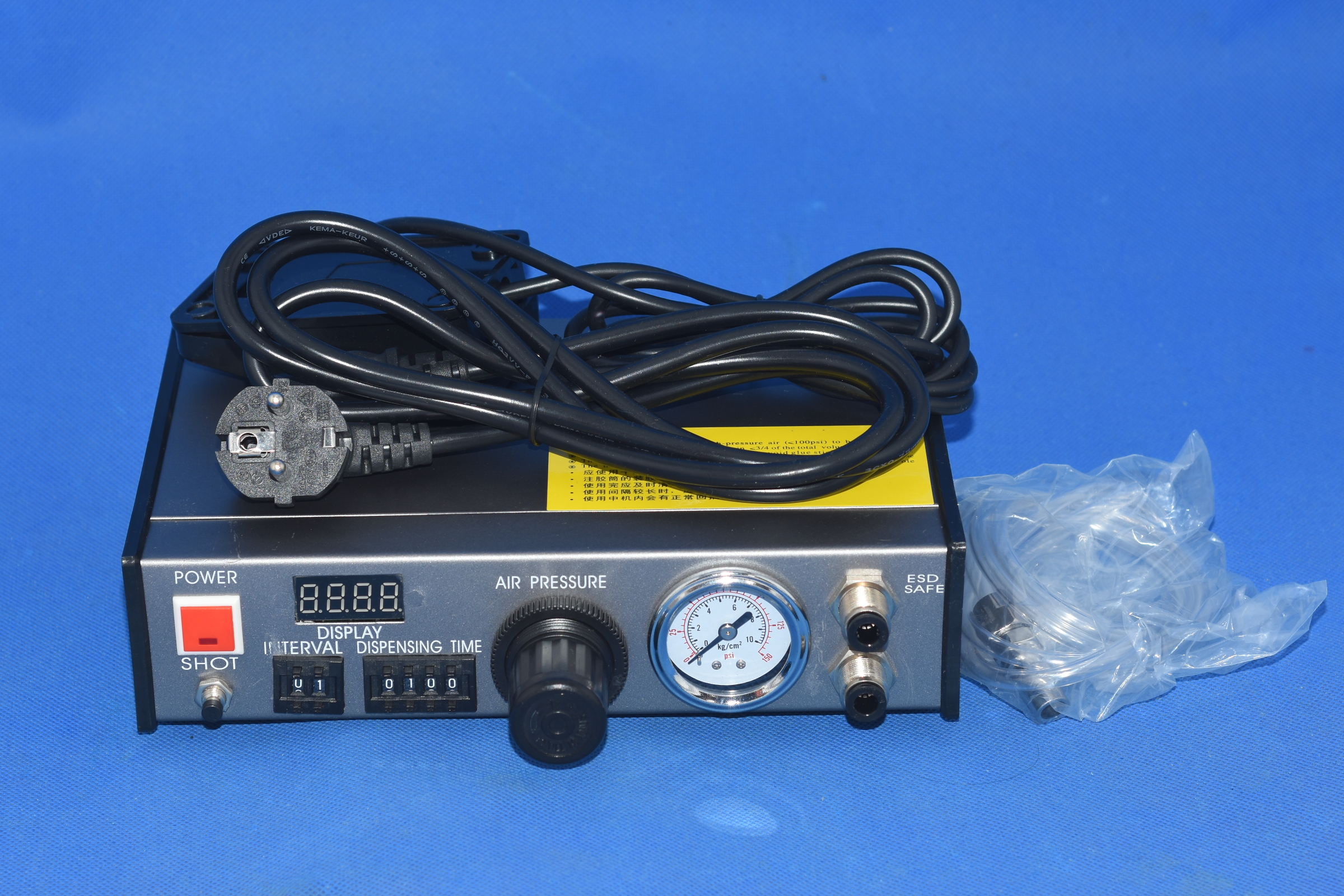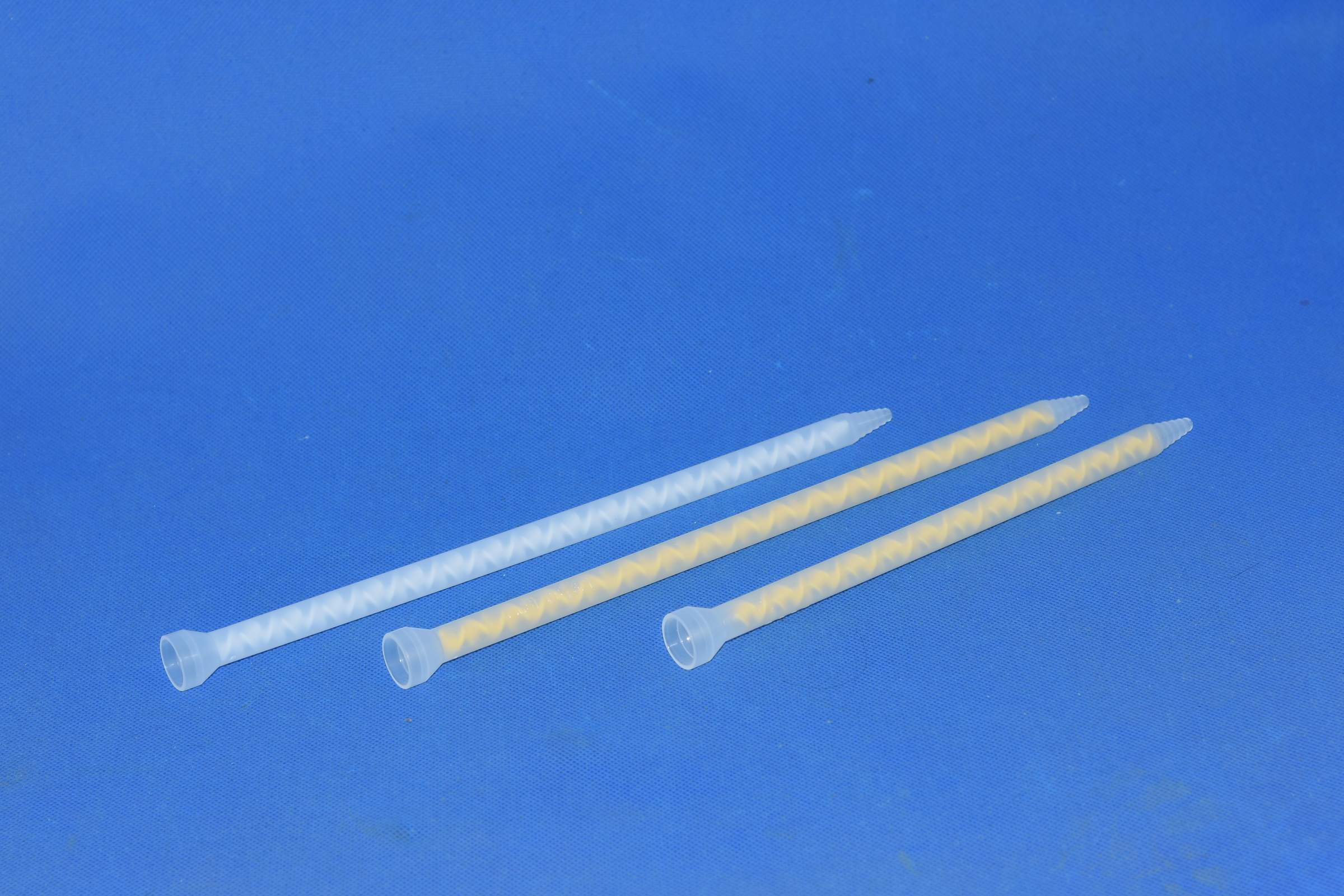Extrusion adhesive conveying method means that under the pressure feeding mode, the adhesive and sealant are pumped to the glue gun or spray gun by a pressure tank (compressed air pressurized) or a liquid pump. Squeeze conveying is usually divided into pressure tank pressure conveying and liquid pump conveying methods.
gear pump. The working principle of the gear pump is that the two teeth gnawed together suck the liquid into the pump and then discharge it. The displacement of the gear pump can reach 1100OL/min, and the lift can reach 13788kPa. They can transport highly viscous corrosive fluids and can also be used to transport fluids containing low abrasive materials, and do not allow no-load operation. Gear pumps are self-priming and generally operate in both directions.
The single screw pump in the screw pump. It relies on the intermeshing of the screw and the bushing to produce volume changes in the suction cavity and the discharge cavity to transport the liquid. The screw pump can provide a continuous and stable liquid flow, and can transport certain fluids with particles. The screw pump has excellent suction characteristics and is self-priming, but cannot be run without load.
 English
English العربية
العربية Čeština
Čeština Dansk
Dansk Nederlands
Nederlands Suomi
Suomi Français
Français Deutsch
Deutsch עברית
עברית Italiano
Italiano 日本語
日本語 한국어
한국어 Norsk
Norsk Polski
Polski Português
Português Русский
Русский Español
Español Svenska
Svenska ภาษาไทย
ภาษาไทย Türkçe
Türkçe



